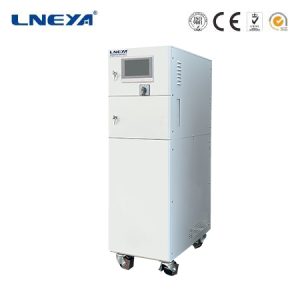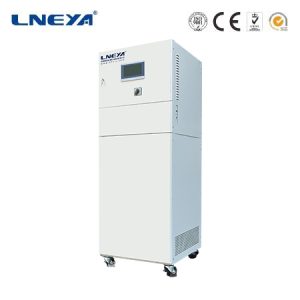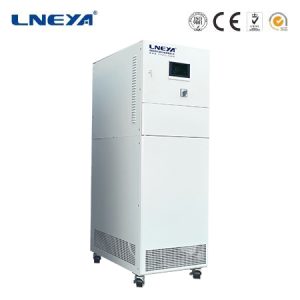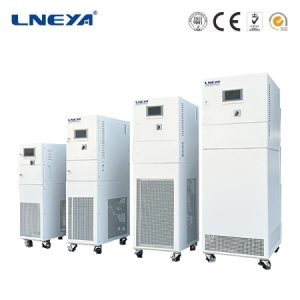Exploring Air-Cooled and Water-Cooled Chillers: A Comprehensive Guide
Chillers are essential for maintaining optimal temperatures in various settings, from commercial buildings to industrial processes. Among the different types of chillers available, air-cooled and water-cooled chillers are the most common. This article provides an in-depth analysis of these two chiller types, examining their mechanisms, benefits, and suitable applications.

Operational Mechanisms
Air-Cooled Chillers: These chillers use ambient air to dissipate heat. They consist of a compressor, condenser, and evaporator. The compressor pressurizes the refrigerant, which then releases heat to the ambient air in the condenser. The cooled refrigerant returns to the evaporator, where it absorbs heat from the system, providing cooling.
Water-Cooled Chillers: These chillers use water or a water-glycol mixture to transfer heat. They have a similar setup to air-cooled chillers but include a water-cooled condenser. The heat absorbed by the refrigerant is transferred to the water, which is then cooled in a cooling tower or other heat rejection system.
Advantages of Air-Cooled Chillers
Simplicity: Air-cooled chillers are simpler to install and maintain due to the absence of water-based components.
Cost-Effectiveness: They are generally less expensive to purchase and operate, as they do not require additional water management infrastructure.
Space Efficiency: These chillers are compact and can be easily integrated into existing structures without major modifications.

Advantages of Water-Cooled Chillers
High Efficiency: Water-cooled chillers can achieve higher cooling capacities and are less affected by ambient temperatures, leading to more consistent performance.
Energy Savings: They often operate at higher coefficients of performance (COP), translating to energy savings over time.
Scalability: Water-cooled chillers can be easily scaled to meet the cooling demands of large facilities or processes.
Environmental Considerations
Water Usage: Water-cooled chillers require a consistent water supply, which can be a concern in areas with water scarcity. However, closed-loop systems can mitigate this issue.
Energy Consumption: While air-cooled chillers may consume more energy due to the need for additional cooling, advancements in technology have made them more energy-efficient.
Sustainability: Both systems can be designed to minimize environmental impact, with water-cooled chillers potentially offering greater energy efficiency and air-cooled chillers reducing water consumption.
애플리케이션
Air-Cooled Chillers: Ideal for smaller spaces, residential applications, or areas with limited water resources.

냉각 난방 시스템
Water-Cooled Chillers: Suited for larger facilities, industrial processes, and environments where high cooling capacities are required.
Maintenance and Performance
Regular maintenance is essential for the longevity and efficiency of both air-cooled and water-cooled chillers. For air-cooled chillers, this includes cleaning the condenser coils and ensuring proper airflow. Water-cooled chillers require monitoring of water quality, checking for leaks, and maintaining the cooling tower.
결론
Both air-cooled and water-cooled chillers serve essential roles in temperature regulation. The choice between the two depends on various factors, including the size of the space, available resources, and environmental considerations. Understanding the operational differences, advantages, and applications of each system is crucial for selecting the most appropriate cooling solution for specific needs.
 LNEYA
LNEYA
 简体中文
简体中文














































































